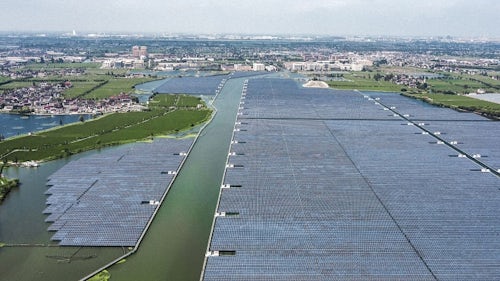StreamTV's SeeCubic faced an impossible task: develop a real-time conversion IP block for a custom SoC without knowing the target technology. This IP was critical for their glasses-free 3D solution. In this whitepaper, learn how they used Catapult High-Level Synthesis to solve this problem.
“Catch-22” Problem solved with Catapult® High-Level Synthesis (HLS)
Innovations in LCD and OLED panels keep progressing to the point that 4K resolution is becoming a commodity and 8K is the next point on the horizon. These panels come in all sizes, ranging from 5” to 100”. StreamTV can turn all these panels into glasses-free 3D screens with our Ultra-D technology, converting all available 2D and stereo content to Ultra-D with our propriety real-time algorithm. The real-time conversion (RTC) IP block is an implementation of this algorithm.
Our business development team requested that the engineering department develop the RTC IP block for integration into a SoC. At the time of this request, partnerships for the SoC still had not been determined. So, fundamental design parameters like silicon technology, interfaces, protocols, memory and bandwidth requirements were unknown. Hence, a technical specification could not be created. However, in order to engage in a partnership for the SoC, a proof-of-concept of the IP block was needed. With this mutual dependency, we faced a “Catch-22” problem: we could not develop the block without a specification and a partnership for the SoC could not move forward without a proof-of-concept block! In this whitepaper, we show how we used Catapult® High-Level Synthesis (HLS) to solve this problem.


